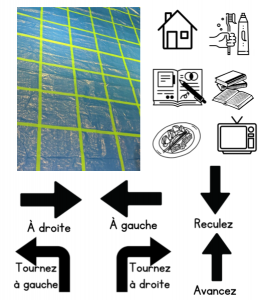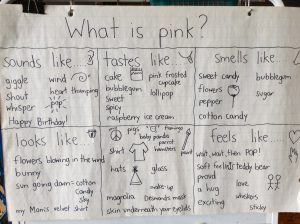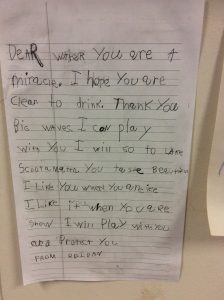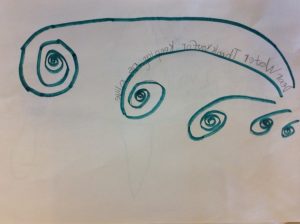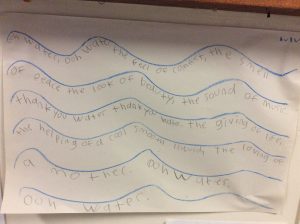Every new year, I start a writing assignment where students have to brainstorm to decide who their MVP of 2023 will be. We generate lists based on possible categories such as:
- Actors
- Musicians
- Athletes
- Educators
- Political Figures
- Doctors
- Youtubers
- Citizens
- Environmentalists
Then, I teach my students how to write a five paragraph essay. They start off by identifying the three main reasons that they think their person had an incredible year. This is usually a challenge as some of the main ideas are based around the same reasons such as they are generous, kind and charitable. We then talk about how our three main ideas should be very different from each other. I then approve the three main ideas before students start to research their person.
Students are encouraged to search through various sources to find quotes to prove their point- why their person should be the MVP of last year. They are encoruaged to find relevant, recent ideas that would make their person a stand out citizen. Then, they work on explaining their proof with their own ideas. I created an essay organizer which they filled out during their research stage to help with organization and flow. After that, they could start to type their first draft.
So many of my students were excited to see how long their first essay was. They were so excited to be able to write about a role model of their choosing and were excited to share their choice with the class. They also learned about proper citation format as well as thesis writing. Many of my students are in grade eight so this is something that they will be doing lots of this time next year. One of my old students came to me halfway through his grade nine English course and reminded me of how important the MVP assignment is that we did last year because it teaches all the necessary skills needed for high school English. I was very glad to hear this as I know it helped prepare him.
At the end of the essay assignment, students are able to read their peer’s essays and review them with our success criteria. Students are assessed based on:
- developing ideas
- organizing ideas
- voice
- word choice
- revisions
After marking all of their essays this year, I was very proud to say that everyone excelled at developing and organizing ideas. I am wishing I had done a word choice lesson with similes, etc. before the writing process started as that was the area students needed to work on.
We also had a bracket tournament where everyone’s MVP was listed on the board. Students had to read their thesis for the competition so classmates could vote for the MVP of 2023. The final two canditates were one of the student’s moms vs. Cristiano Ronaldo. The winner for this year was…”My Mom” as it is hard to compete with a mom.
I look forward to doing this assignment again in the future as their are many present and future applications for it and students get to look for role models and reflect why they are important to them and to our world.

